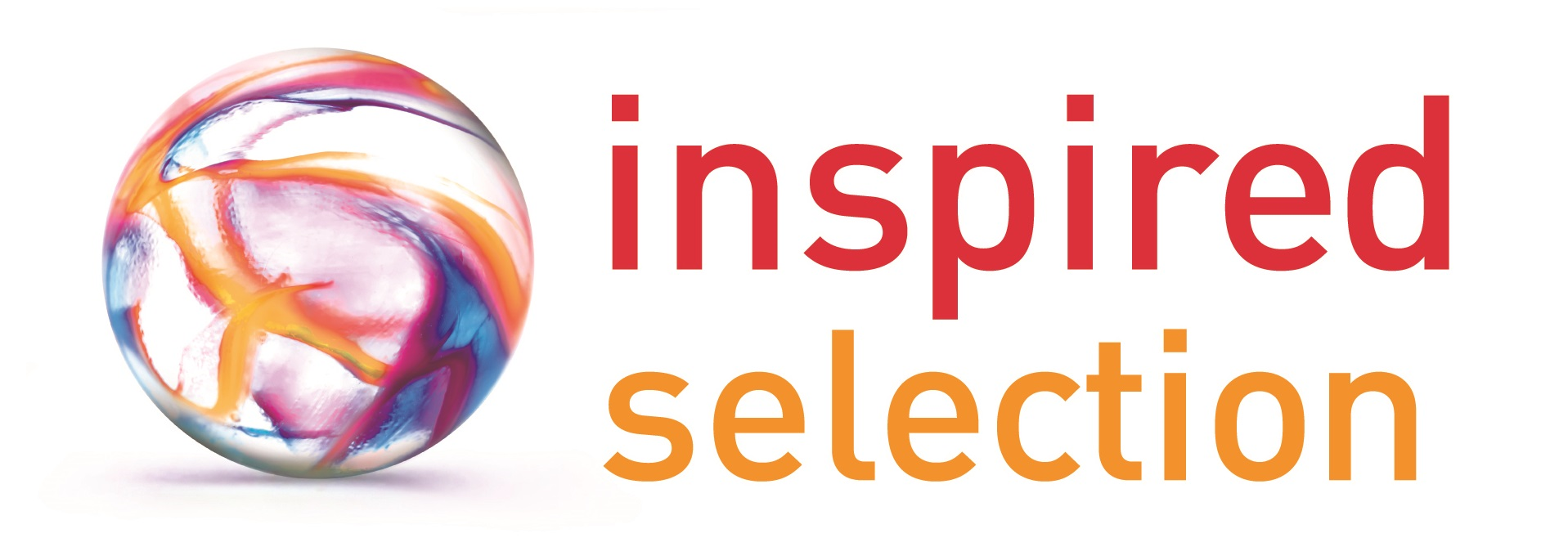Five steps to more diverse recruitment

Inspired Selection’s Abigail Barclay explains what publishers can do to reduce unconscious bias and create a more inclusive industry
As the IPG’s new Diversity and Inclusivity Action Group has already shown, publishers’ progress on the urgent issue of diversity needs to begin with better recruitment processes. Making the industry more diverse won’t happen overnight, but rethinking the way we find and hire people can gradually create a more diverse workforce that properly reflects the UK population at large.
Efforts to make recruitment more inclusive should start with ensuring that you have a solid infrastructure. Here are five things to check you have in place.
- A sound understanding of your data on diversity.
- Goals for your improvements on diversity. These should be meaningful and realistic.
- A clear company statement on diversity and inclusivity.
- A place for the subject on the agenda for every relevant meeting and appraisal. Regularly asking people for their input, ideas and feedback can only help you improve.
- Buy-in from the company’s senior management team and an understanding of why they need to address diversity and inclusivity. This is not an exercise or a project but a way of working.
With these fundamentals in place, the key to more inclusive recruitment is to make judgements solely about skills and competencies. By focussing on these, you are not only shifting your mind away from the demographics of applicants, but moving conversations away from experiences that are likely to apply to some groups of people more than others, like university qualifications. Most importantly of all, it forces you to look for people who are good at the job, and not just those who feel familiar to you.
Here are five steps to take at the different steps of the recruitment process.
1. Tackle unconscious bias
More inclusive recruitment starts with assessing and addressing your unconscious biases. Invest in training for at least all hiring managers. This needs to be handled carefully: the focus of training is not criticising anyone for having an unconscious bias, but helping them manage it. If you are not in a position to invest in external training you could assess yourself using the Harvard, Virginia and Washington Universities’ Implicit Association Test.
2. Review job briefs
Carefully written job briefs can substantially increase your recruitment pool. Check them for inclusive language and phrases that might put off certain genders or age groups. For example, language can be biased towards one gender: phrases like ‘mission-critical’ and ‘aggressive’ tend to decrease the proportion of female applicants, while phrases like ‘partnerships’ and ‘passion for learning’ attract them. Tools like Textio can help you analyse language.
3. Attract a variety of talent
Consider whether publishing experience is necessary in the brief, as staying open to people in other industries could allow you to benefit from a range of perspectives. Ask whether a role needs to be office-based, as being open to remote working can help to increase diversity. Advertise on a range of websites so you are not fishing in the same pond every time. Include your diversity and inclusivity statement in job adverts, and partner with recruiters who have similarly strong policies.
4. Handle applications carefully
Consider using blind applications via tools like Survey Monkey, rather than traditional CVs and cover letters. This helps you to make decisions based only on skills and competencies. In the early stages of review, you could use reference numbers rather than names for CVs. Standardise your assessment of each CV by using an agreed scoring system.
5. Rethink interviews
There are various steps to take to manage unconscious biases in interviews. Doing first-stage interviews by phone can reduce bias around candidates’ appearance, and can open doors to people who may struggle to physically attend an interview because of finances or disabilities.
Identify the key competencies of the role and create ten questions around them so that the conversation and subsequent decision-making is focussed on skills and is not reliant on experiences that are under-represented. Ask the same questions to everyone and know what you are looking for in each answer so you can fairly compare them. Try to ensure that your interviewing panel has people with different backgrounds and perspectives so they can critically challenge the process.
As well as an interview, set a job-related task. This will show you more accurately who carries higher competencies for the role rather than who simply interviews the best. Unless the job is to be interviewed all day long, the interview process is not necessarily the most authentic way of seeing if someone can do the job!
Remember that improving diversity and inclusivity is a long-term process. Don’t be put off if it seems to take a long time to reach the goals you have set. One new hire may not immediately make you a more diverse business, but a lifetime of hiring in an inclusive way will have a meaningful and lasting impact on the publishing industry.
Abigail Barclay is Search Director at Inspired Selection.

The views and opinions expressed in blogs on the IPG website are those of the authors and do not necessarily reflect those of the IPG.